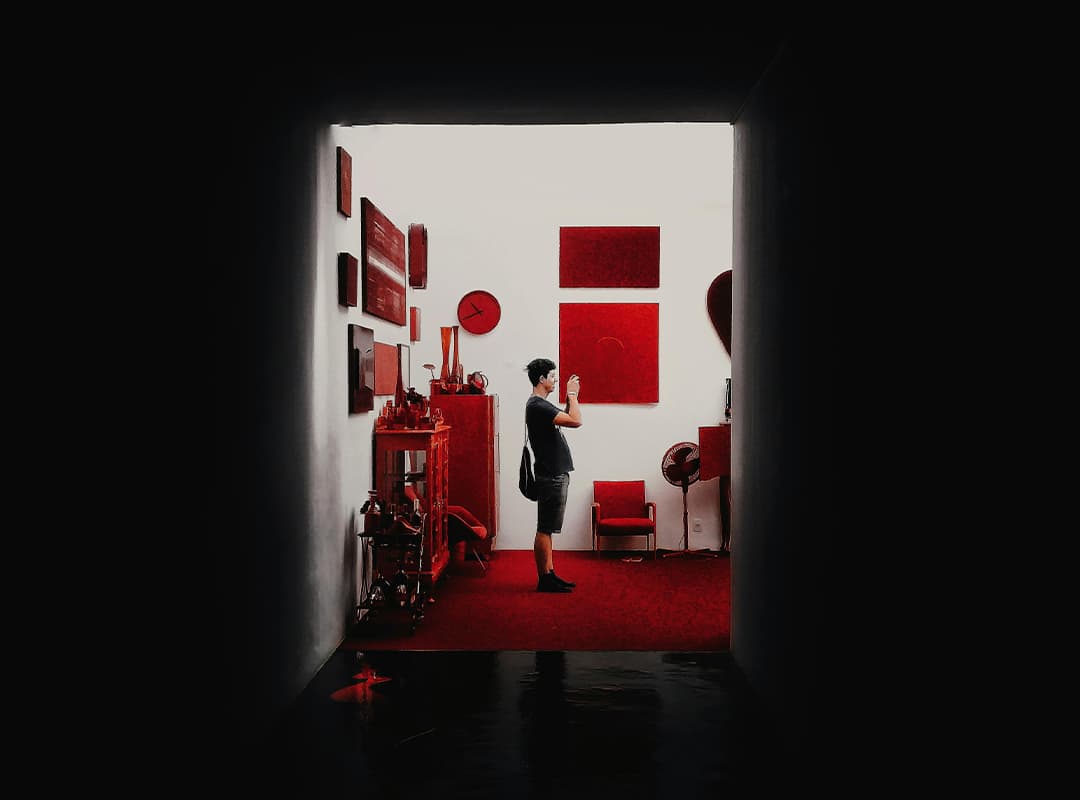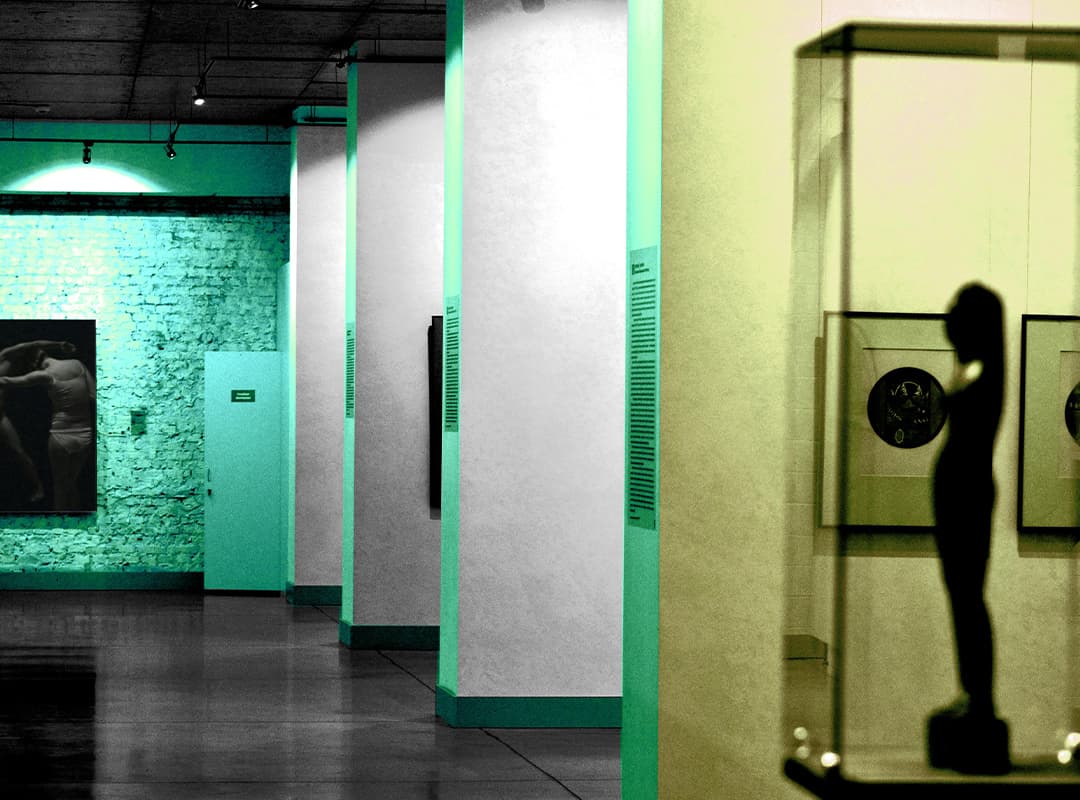In the complex ecosystem of the art world, private galleries play a crucial role in supporting American artists and shaping the contemporary art landscape. These galleries, often operated by passionate individuals and teams, serve as vital platforms for artists to showcase their work, connect with collectors, and engage with the public. This article explores the multifaceted contributions of private galleries to the American art scene, including their influence on emerging talent and their role in the broader cultural dialogue.
1. Showcasing Emerging Artists
One of the primary functions of private galleries is to provide a platform for emerging artists. Unlike large institutions, which may focus on established names, private galleries often take risks on lesser-known artists, giving them the opportunity to exhibit their work and gain exposure. This support is essential in helping new talent navigate the competitive art market.
Many galleries host solo exhibitions that allow artists to present a cohesive body of work, while also fostering connections with collectors and critics. By nurturing emerging talent, private galleries play a pivotal role in the development of the next generation of American artists, ensuring a vibrant and dynamic art scene.
2. Creating Community and Networks
Private galleries often function as community hubs, bringing together artists, collectors, and art enthusiasts. Through events such as openings, artist talks, and panel discussions, galleries foster a sense of belonging and encourage dialogue around art. This community-building aspect is vital for artists, as it allows them to connect with others in their field, share ideas, and collaborate on projects.
In cities like Hollowood, where the arts intersect with entertainment, private galleries often host interdisciplinary events that attract a diverse audience. These gatherings not only promote artists but also create a platform for cross-pollination between the visual arts and other creative industries, enhancing the cultural fabric of the community.
3. Advocacy and Representation
Private galleries serve as advocates for the artists they represent, promoting their work through various channels, including exhibitions, social media, and art fairs. This representation is crucial, particularly for artists from underrepresented backgrounds who may face barriers in gaining visibility.
Galleries often engage in strategic marketing efforts to elevate the profiles of their artists, connecting them with collectors, curators, and institutions. This advocacy not only helps artists achieve financial success but also contributes to their overall recognition within the art world.
4. Supporting Artistic Innovation
Many private galleries are dedicated to showcasing innovative and experimental work that challenges traditional notions of art. By providing a space for cutting-edge practices, galleries help push the boundaries of artistic expression and encourage artists to take creative risks.
This support for artistic innovation is vital for the evolution of contemporary art, as it allows artists to explore new mediums, themes, and techniques. Through exhibitions that highlight avant-garde work, private galleries foster an environment where creativity can thrive.
5. Facilitating Sales and Collecting
Private galleries play a key role in the commercial aspect of the art world, facilitating sales between artists and collectors. By offering a professional space for exhibitions, galleries create an inviting environment for collectors to engage with and acquire art.
The relationships that galleries build with collectors can also lead to long-term partnerships, with many collectors returning to the same galleries for future purchases. This not only benefits the artists financially but also helps establish a sustainable art market.
6. Engaging with the Art Market
In an ever-evolving art market, private galleries are often at the forefront of trends and developments. They monitor shifts in collector interests, emerging movements, and changing tastes, allowing them to adapt their strategies accordingly.
By participating in art fairs and collaborating with other galleries, private institutions enhance their visibility and establish a broader network. This engagement with the art market is crucial for both the galleries and the artists they represent, ensuring that they remain relevant and competitive.
7. Educational Initiatives
Many private galleries prioritize education as part of their mission, offering workshops, lectures, and outreach programs that promote art appreciation. By engaging with local communities, galleries can help demystify the art world and foster a deeper understanding of contemporary art practices.
These educational initiatives not only benefit aspiring artists but also cultivate a more informed audience. By making art accessible and relatable, private galleries contribute to a cultural dialogue that enhances the overall appreciation of the arts.
Conclusion: A Vital Force in the Art World
Private galleries play an essential role in supporting American artists and shaping the contemporary art landscape. Through their commitment to showcasing emerging talent, building community, advocating for artists, and engaging with the art market, these institutions foster a rich and dynamic environment for creativity to flourish.
As the art world continues to evolve, the contributions of private galleries remain vital in nurturing artistic innovation and promoting cultural dialogue. From the vibrant streets of New York to the creative hubs of Hollywood, private galleries are indispensable in the journey of artists, ensuring that their voices are heard and their work is celebrated.



